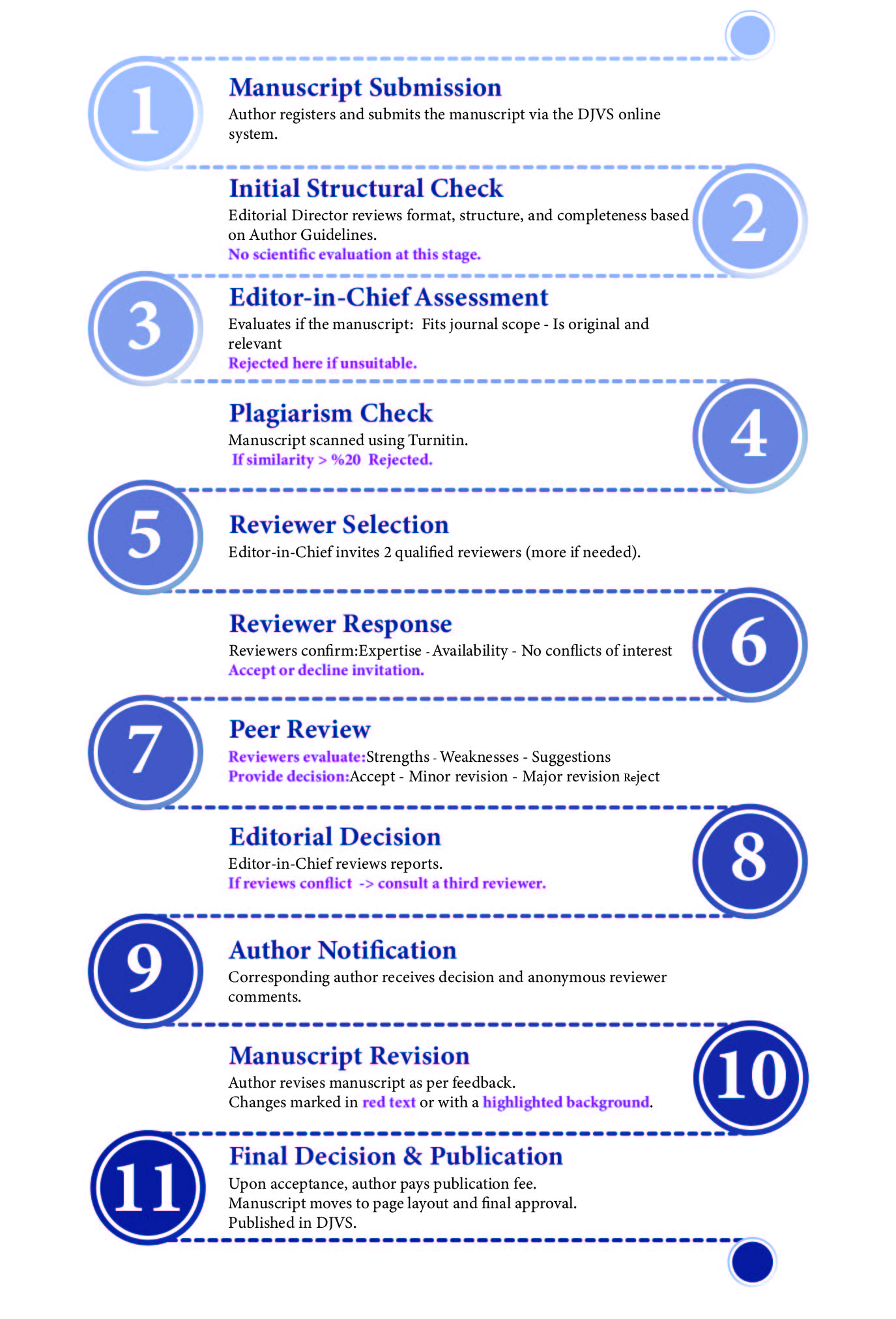Note: The author must complete the Statement of Copyright Transfer, Financial Disclosure, Use of AI, and Authorship Responsibility form (attached below) and upload it along with the submitted manuscript.
Statement of Copyright Transfer, Financial Disclosure, Use of AI, and Authorship Responsibility



